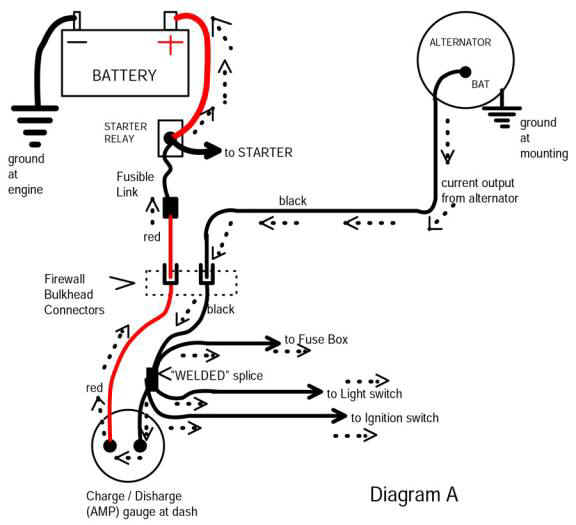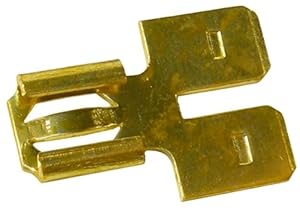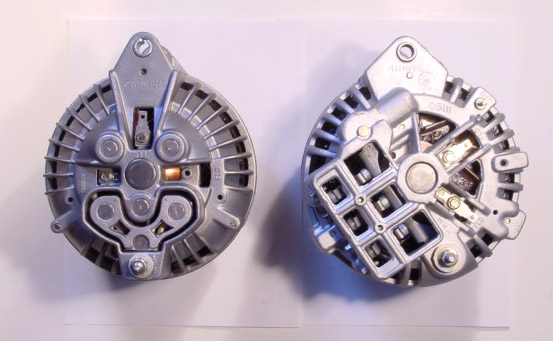1972Plymouth
Member
I have a 1972 Plymouth scamp with a 68-69 dodge 318, I freaking love driving the car. But I've been beating my head against a wall trying to figure this issue out. So I figured Id ask my other fellow A body mopar people for some advice and help. 3 weeks ago my battery died, along with the original lead terminal ends, so I replaced them and continued on my way. Then two weeks ago my alternator went out, that's when the problem started. I replaced the alternator and voltage regulator, but its still having the same issue. Its starts and idols just fine, and drives pretty smoothly, although rough at times. But the alternator gauge has it with -40 to +40, when I start it the gauge is dead center like it should be. But when ever I press on the brakes in drops a little to the left towards the negative side, when the blinkers are on it bounces from left to dead center. And if you turn on the lights it drops to 5 points above -40, and has a hard time running. I know its a grounding issue, so I cleaned where the battery grounds to the block, and replaced the secondary starter relay. That worked for about 15 minutes and then it lost power 3 times while driving, but starts right up again when your start it. The third time it did the o noticed the gauge was all the way to -40, so I limped it home, the light issue is back again. I know something is not grounding right and causing resistance to the charging system. I'm not sure what else could be the problem, so id like to know if any of you guys have had similar experiences with that issue. I would greatly appreciate some advice. Thank you 1972Plymouth




















